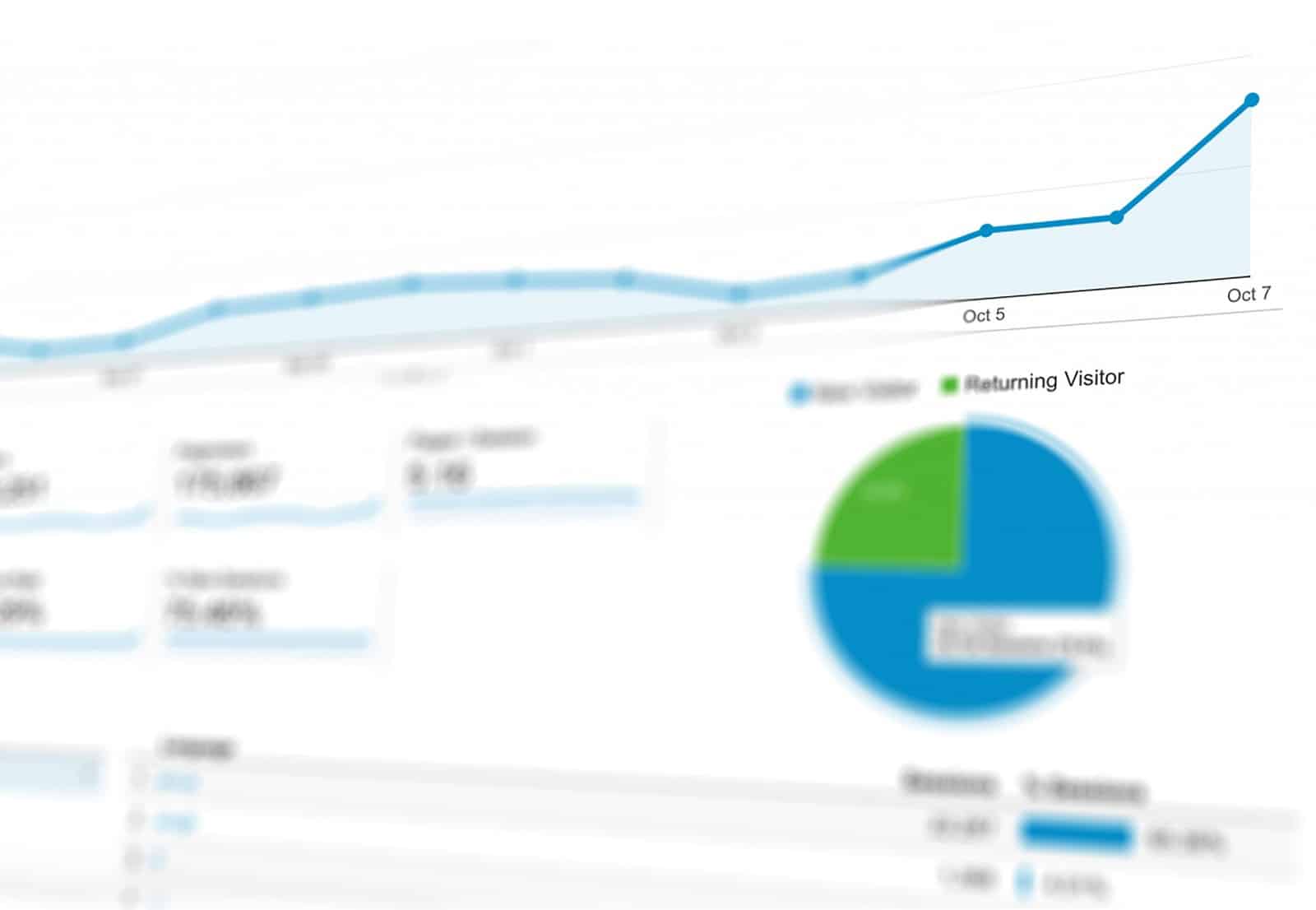Personalizing your SaaS marketing strategy is one of the sure ways to increase your level of engagement and relevance, thereby optimizing sales. In marketing, personalization provides motivating information about the customer’s demographics, location business relationship stands. It reduces acquisition costs by over 50 percent and influences more consumers (59 percent) in their buying decision.
Your ability to personalize your business experience with individual customers is one of the most customer-effective marketing strategies today.
SaaS companies are obviously different from most other traditional services because SaaS benefits more from long term customer relationship, rather than a one-time transaction.
Modern marketing personalization is dynamic in nature, target-specific, and only relevant “only” when it is needed. That is, with modern marketing personalization, you can meet specific customers’ needs. But it is also very imminent that while trying to go personal with a customer, care must be taken to avoid infringing on their privacy.
Since the main aim of personalization is to increase and optimize ROI using the customer data, it is crucial to get the process right. This extends to understanding the legal and privacy implications associated with handling customer data, often outlined in SaaS contracts. Platforms like Vertice can help businesses manage these contracts, ensuring they navigate both personalization and privacy requirements efficiently.
You don’t want to deal with the cons of bad personalization. For instance, no one enjoys the feeling of being hacked or tracked online. Also, creating a solid feedback loop and canvassing for a target audience for responses to questions that will help validate the information you have is still a trusted strategy for effective marketing.
Hence, this article will go through some basic ways of personalizing your SaaS marketing strategy and enhancing your customers’ loyalty without violating their sense of privacy.
1. Collect maximum data
Data collection is the basics. To personalize SaaS marketing, you need to gather as much data as possible. The collected data is used to create buyer personas, which in turn help for better ads and content. As a marketer, you should track some customer metrics such as the link clicks, email opens, purchase history, shopping carts, web surfing habits, etc. This information will give every marketer a clear idea of what the customer actually needs and help you create more compelling content.
Furthermore, gathering enough data will help you separate a large consumer audience, give you a distinct knowledge of the trending themes and help you in making better decisions on marketing strategies.

Your SaaS marketing will definitely take better shape in terms of sales when you are able to create offers that are relevant to your targeted audience. And this is achievable through large data collection and analysis. For you to get the right set of data:
- You should develop a list of the attributes you want to know about.
- Where you are using a feedback questionnaire as a source of data collection strategy, you should explain clearly to the customer why your brand is asking for such information.
- Also, avoid ambiguity in your questions and, as much as possible, reduce the number of questions you intend to ask.
- You also have to convince your customer audience that the data/information they are given out is safe and secure.
The signup form is a very useful tool for data collection. You may ask the subscribers some questions that could be useful in personalizing your services for a more satisfying experience. Facebook, for instance, asks a series of questions during the signup process. The data gathered from this process is used to personalize the social networking services the user receives. Friends will be suggested to the user from the data supplied in the signup form, maybe from the schools they attended, the places they work, or the places they live. Let the subscribers provide a clue of what needs they expect from using your software during the signup process.
2. Set up your data analysis platform and generate personas
The marketing technology platform you have in place will go a long way in determining how far you can go in the business. You are not expected to analyze the chunk of data you have gathered manually. A standard personalized SaaS marketing requires the right technology for analyzing and segmenting the data, as well as the automation required. This will help save time and other resources. Some processes in personalizing your SaaS marketing that could require automation include; a collection of data, personalization of content, automation of marketing, development of ads, and personalization of content.

Once you have gathered enough data to develop your SaaS marketing strategy as earlier mentioned, you are expected to separate these data based on some parameters like gender, age, location, income, frequency and purchases, income, interests, and dislikes, etc. You start creating personas using the available demographics of the existing customers. When you understand the needs of the customer, you can build the software that meets the personal need of each group of consumers. From here, you can begin to refine your custom messaging for both new and existing customers.
3. Map out specified content and observe client behaviors
To get the optimum views, shares, and spread your SaaS marketing requires, you have to map out your content in a way that will meet the specific interests and needs of each persona. This means that as a marketer, you must identify the SaaS content that will be of unique interest to your customers. You can do this by using a diagram to display your data in the hierarchy of those of the highest interest level. Having a marketing platform that is account-based can also be of added advantage as you can easily use such to deploy personalized content to customers across different paid marketing routes and channels.

Social media such as Facebook, Twitter, Instagram, and Linkedin are great marketing tools that can help you personalize your SAAS marketing. This is because you can gather a whole lot of useful information about your clients from their social media activities. You want to observe the posts they liked and their comments. Their activities will help you know how to personalize your SaaS to suit their needs.
4. Personalize your marketing and services
Personalizing your SaaS marketing involves changing the software application package based on the behavior of the user. It goes a step farther than simply personalizing other content like mails. You have the duty to ensure that different customers see offers and software contents that are specially seamed to appeal specifically to them. You tag consumers based on previous products consumed and most likely future needs based on the studied data. In the case of SaaS, considerations like whether the software can upload historical data, report real-life, prove ROI, etc. should be made. This will definitely help you achieve your main objective of personalization.
Engage your users through a personalized newsletter. Let your emails provide valuable information they can use to solve their problems. You can also want to create content that is personalized for each user. This way, you will build a meaningful relationship with your users and make them feel they are part of your brand.
For instance, when your newsletters address your users by their name, it makes them have a sense of personal relationship with you and won’t feel like strangers.
You also want to personalize pages for different traffic sources. It’s a very good idea to personalize your website landing pages to suit your clients’ geographical locations. Google, for instance, employs this strategy in giving its users a personalized solution based on their country of residence. A user from the United States will receive contents that are more related to their location. This would be different from what a user from France would see. Though it’s the same company providing the same services for both users, they receive the services in a way that makes them feel at home. Google also personalizes the languages for users from different locations.
Likewise, in your SAAS marketing, endeavor to address the need of your clients based on where they are coming from. This will help them feel you understand their challenges and will increase your conversion rate.
You want to communicate with your clients based on their activities and behavior. Understand their interests before bombarding them with adverts. You don’t want them to consider your messages/adverts as spam, and of course, that will not produce the desired results. Let’s say you want to upsell a new product to an already existing user. You can get some clue from their activities on your website; if that product is useful to them or not. Google Analytics is a very useful tool for tracking users’ activities on your website. Also, cookies would be useful in achieving this.
5. Spread your tentacles and offer a free trial
With the segmented customer’s persona available, you should execute the personalized software contents across sites, channels, and platforms. The third-party ads, emails, web, and social media are the most common channels available today. The use of incentives can be deployed to deliver specifically designed messages for specific results.

First-time users of your product may be afraid to take the risk of paying for a service they know just a little about in terms of practicality. You can remove the fear and risk factor by offering them a free trial within a period to test your product. You could also charge a minimal fee – let’s say 50 percent off – for first-time users.
This will encourage users to subscribe to your service since they have little or nothing to lose. They have the option to pay for the service after the trial period if they love it. Otherwise, they’d walk away unhurt. This free trial period will give you ample opportunity to gather useful information from the users. And with the information, it becomes easier to customize your service to suit the personal needs of your consumers.
6. Customize tooltips and explainer videos
When a new user becomes confused about how to use any of your products, personalizing tooltips and explainer videos can be very helpful in guiding them back on track. The tooltip will give the customers hints and remind them of what they need to know while the explainer video educates the customer in a simplified and easy-to-understand manner.

You may not have to wait until the clients send in emails that they are confused. Using information from their behavior on your platform and how much they are under-utilizing the services you offer, you can send them these helpful tips. You could lose a customer just because they don’t understand how to use a feature available on your platform.
7. Request for feedback
Feedback from your users is very useful to help you understand the challenges they are facing and how to fix them.
This will also help you to personalize your strategy for the utmost user satisfaction. You can start asking for feedback right from the free trial period. You don’t have to wait until they fully subscribe to your service. Find out what they are afraid of, what they think of your product, and what ways they would like you to improve on it. Work with this information to personalize your products to the best satisfaction of your clients.
6. Improve and update your processes

To ensure optimum effectiveness of your personalized SaaS marketing, reviewing and improving your personalization marketing strategies should be a continuous and frequent practice. You can allow a particular campaign strategy to run for a period of time, and then, you analyzed the outcome. By this, you can monitor your actual progress in the business over a period of time. There should always be a time of review and evaluation in any venture. During this time, you should be able to ask yourself if you’ve been able to meet your proposed target if there are any new feedback as per recommendations or complaints.
Conclusion
SaaS Marketing entails seeing to the personal needs of every consumer to regularly win their satisfaction so they would subscribe or remain loyal to your services. SaaS marketers must be well-informed and follow up trends in software licensing and delivery business to help them provide recommendations when necessary and to understand the future needs of their clients. Ensure that your clients are maximally using your services based on their areas of interest and most importantly, always request for feedback.